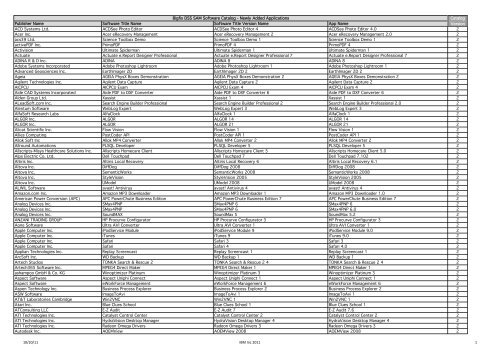

Is necessary to excite the four monofilars with signals that are equal in amplitude and phase. Photograph of side-fed bifilar loops with turn angle 218 and 180 showing infinite balun feed arrangement. Schematic diagram of side-fed bifilar loop with turn angle 180 showing infinite balun feed arrangement.įig. The authors are with the Institute of Electronics, Communications and Information Technology, Queen’s University Belfast, Belfast BT3 9DT, U.K. The review of this letter was arranged by Associate Editor A. This work was supported in part by a scholarship from the Ministry of Science and Technology, Pakistan. Manuscript received Jrevised September 16, 2005. However to achieve the toroidal pattern which is required for terrestrial applications, it For space mode operation, these must be fed in phase quadrature at the feed point which is located at the midpoint of either the top or bottom radials. The polarization type and pattern shape of a QHA is determined by the phase relationship between the radiating elements. Furthermore simulated and experimental results are used to show that the helix turn angle can be used to control the ratio of the vertical and horizontal field components, the resonant frequency and the input impedance of the radiating structure.

Unlike a monopole antenna it is not necessary to employ a ground plane and the structure is more compact than a dipole which generates a similar radiation pattern. In this letter, we show that this can be achieved by repositioning the feed point of a bifilar antenna to the center of the helix.

Mounting a monopole coaxially within the QHA can provide dual mode operation, however a more compact structure could be produced if the terrestrial mode antenna can be accommodated within the envelope of the quadrifilar. Therefore, the antenna must be able to generate a circularly polarized cardioid shaped pattern in addition to a linearly polarized monopole beam which is necessary to provide operation in terrestrial systems. A feature of future communication systems is the need to integrate both satellite and terrestrial services into a single radiating structure. The QHA consists of four helical conductors which are excited in phase quadrature at the feed point which is located at the center of the top radials. UADRIFILAR helix antennas (QHAs) are often used to provide the broad beam circularly polarized patterns which are required for satellite communications. Index Terms-Dual mode antenna, low profile antenna, omnidirectional antenna. Simulated and measured results show that the helix turn angle can be used to control the ratio of the orthogonal linear field components and the input impedance. Side-Fed Bifilar Helix Antenna Muhammad Amin and Robert CahillĪbstract-A side-fed bifilar is shown to generate a similar radiation pattern as a dipole antenna, but the structure has a significantly reduced axial length.

IEEE MICROWAVE AND WIRELESS COMPONENTS LETTERS, VOL.


 0 kommentar(er)
0 kommentar(er)
